Venice has never been a city like any other: fascinating, unique, too fragile to withstand the impact of mass tourism, yet too beloved to escape it. In recent years, the constant flow of day-trippers has made it necessary to take concrete action to ease the pressure on the historic center, especially during peak times.
This is precisely why the Venice Access Fee was introduced: it’s not a toll, nor an entrance ticket, but an attempt to safeguard the city’s authentic soul.
Who needs to pay it, how much it costs, when it applies, and how to avoid fines—these are some of the practical questions every traveler should ask before visiting La Serenissima. Because visiting Venice is a privilege that deserves to be approached with increasing care, and helping to preserve its delicate balance is part of the journey.
Why do you have to pay to enter Venice? A brief history of the Access Fee

The introduction of the Venice Access Fee is a response to the challenges of overtourism affecting the lagoon city. The goal is simple yet important: to better manage the flow of visitors in order to more effectively protect the cultural and artistic heritage of the Serenissima.
Already in 2019, some island municipalities like Venice had been authorized to introduce a fee to regulate daily entries, but the arrival of the pandemic inevitably slowed down all plans.
The first experimental phase was launched in 2024 for daily visitors, applied on 29 selected days between April and July. The application of the contribution for 2025 was extended to 54 days, during which the fee is required between 8:30 a.m. and 4:00 p.m.
Who has to pay the Venice Access Fee?
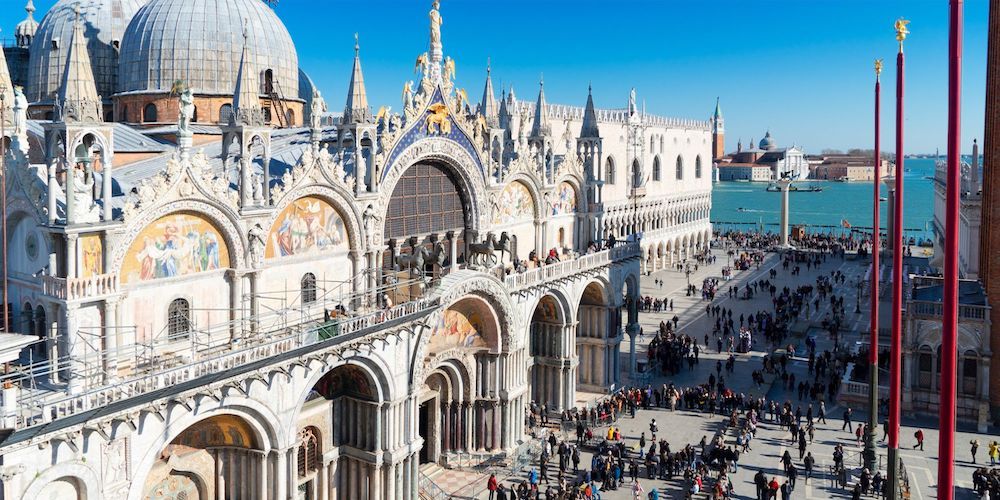
The Venice Access Fee applies to visitors who enter the city without staying overnight: it’s designed for day-trippers who arrive in the historic center and stay only for a few hours.
It’s important not to confuse this with the tourist city tax, which in 2025 will be in effect for those who stay overnight in Venice. These are two separate charges.
The Access Fee must be paid by all visitors aged 14 and older who enter Venice on days when the fee is active. However, travelers who only visit the minor islands, such as Murano or Burano, or those simply passing through without entering the controlled area, are exempt.
In short: anyone choosing to visit Venice for the day should be aware of how to correctly pay the Access Fee to avoid unpleasant fines.
How much does it cost to enter Venice?
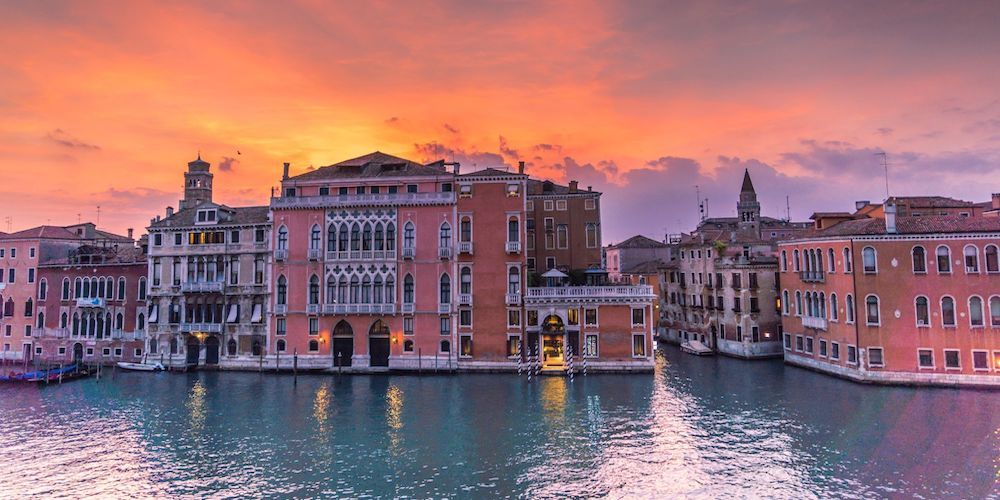
The Venice Access Fee doesn’t weigh heavily on the wallet, as it’s not meant to be a barrier but rather a symbolic gesture applied only on days when the city risks becoming too crowded. Basically, this Venice city charge for tourists is designed to encourage a more sustainable way of visiting the city.
Timing also matters: those who book their visit at least four days in advance — for example, by Wednesday for an entry on Sunday — pay the base rate of €5.
Last-minute bookings, starting from the third day before the visit, will incur a higher charge: €10. The amount is fixed per person, meaning there are no discounts based on age, nationality, or travel method, except for those eligible for exemption, which we’ll explore shortly.
When and how it is enforced

The Venice Access Fee is applied on specific days and during set hours, chosen to limit tourist influx on the busiest days. As mentioned earlier, in 2025 the fee will be required on 54 days, generally between 8:30 a.m. and 4:00 p.m., when the historic center experiences peak visitor numbers.
Which are these 54 days exactly? It starts with the Easter holiday period, from April 18 to May 4. Then, every Friday, Saturday, and Sunday until the end of July, plus Monday, June 2, for the Italian Republic Day.
How to pay the Access Fee

How to pay the Venice Access Fee? The process is very simple: just visit the official portal, select the date of your visit, and enter your personal details. After completing the payment online using a credit card or other digital methods, you will receive a personal QR code via email, which can be printed or saved to your smartphone.
When we arrive in the city, there will be no turnstiles waiting for us, no physical barriers: the city unfolds before us just as it always has, with the water of the canals lapping at the steps and the daily flow of people going about their lives.
Because the Access Contribution isn’t a ticket to enter Venice — it’s a way to help preserve it, and to show that we’re part of a more mindful kind of tourism.
Access Venice without risk: how to avoid fines
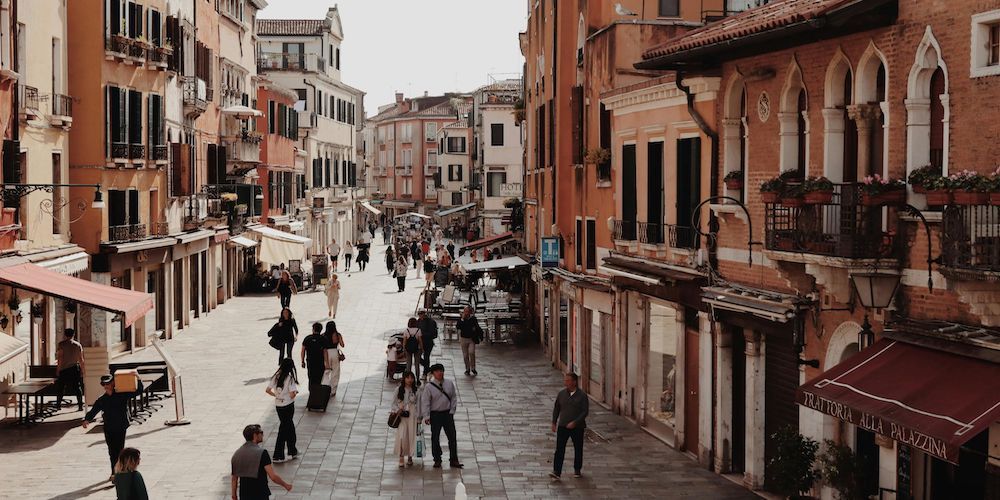
We can begin our visit to Venice without any delays, simply by keeping the QR code we received with us at all times.
As we walk through the narrow streets of the historic center, it’s possible we might be stopped by inspectors, who are often stationed near major public transport stops or just beyond the boundary of the exempt area, such as around Ponte degli Scalzi, a short walk from Santa Lucia Station. All we need to do is show our code to be fully compliant.
If, instead, the Access Contribution hasn’t been paid or the QR code is missing, a financial penalty ranging from €25 to €150 may be issued for each person, along with the requirement to pay the contribution itself.
Exemptions: residents, commuters, hotel guests
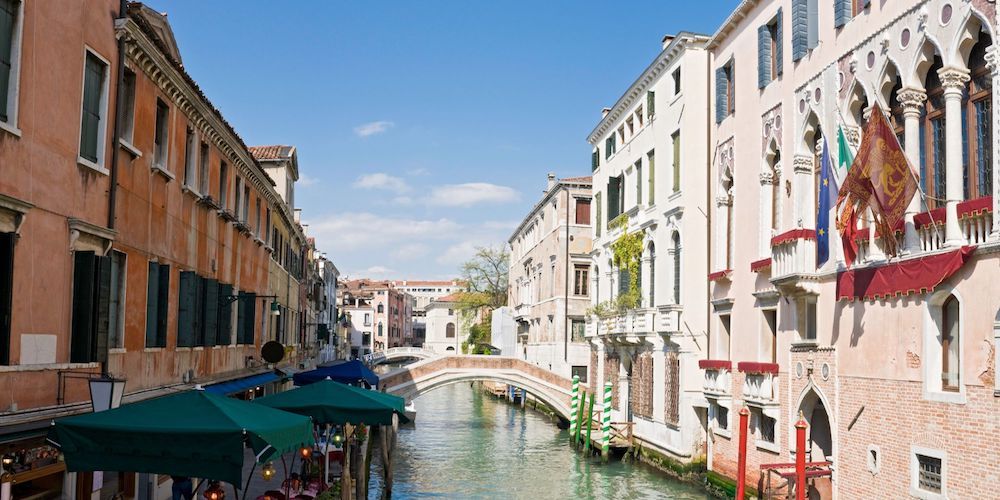
Residents or people born in the Municipality of Venice, residents of the Veneto Region, and children under 14 are automatically exempt from paying the Venice Access Contribution. In case of a check, simply show an ID proving this status.
Guests of hotels and accommodation facilities located within the municipal area are already subject to the tourist tax, which, as mentioned, is a different form of access fee to Venice. For them, the exemption applies for the entire duration of their stay in the city, but it is still mandatory to register online and have the QR code.
Those who work in the historic center or on the minor islands, including commuters, can request an exemption through the official portal.
There are also other exempt categories, such as students, people with disabilities, volunteers, participants in sporting or cultural events, and other special cases. It's always a good idea to consult the complete list of exemptions and follow the instructions to apply.
Where the funds go: positive impacts

Every time we pay the Access Contribution, we are giving a small help for the care of Venice.
That contribution can turn into concrete actions: from the maintenance of its monuments to the improvement of infrastructures, and careful management of visitor numbers, so as to preserve both the quality of life for residents and the experience for visitors, making it as authentic as possible.
It's a meaningful way to ensure that our journey leaves not just the traces of a fleeting visit, but also a positive impact that supports the search for a balance between hospitality and preservation, promoting the protection of a heritage unique in the world.
Traveler tips for compliance

Anyone entering Venice should be aware that they are about to embark on a special adventure. To explore the city smoothly and without surprises, here are some simple tips to follow:
1) Plan your visit in advance and purchase the Access Contribution through the online portal to avoid fines.
2) Respect the times and days when the contribution is required, avoiding overcrowding on the most critical days.
3) Keep your Access Fee QR code handy to present it if requested by authorities.
4) Check if you qualify for any exemptions and complete any necessary registrations beforehand.
5) Use sustainable transportation, such as vaporetto boats, or walk to reduce environmental impact.
Just these few small actions can turn your visit to Venice into a simple, respectful, and unforgettable experience, leaving room only for the joy of discovering one of the world’s most enchanting cities.



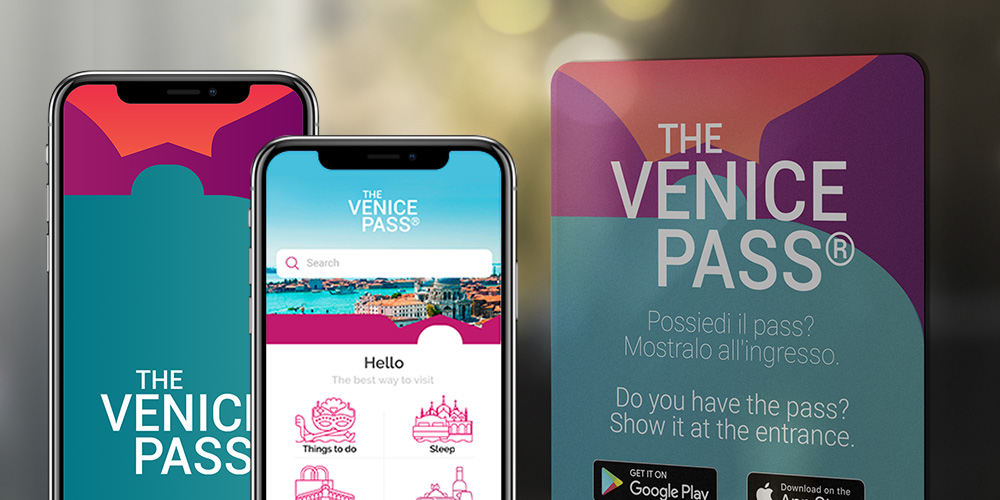
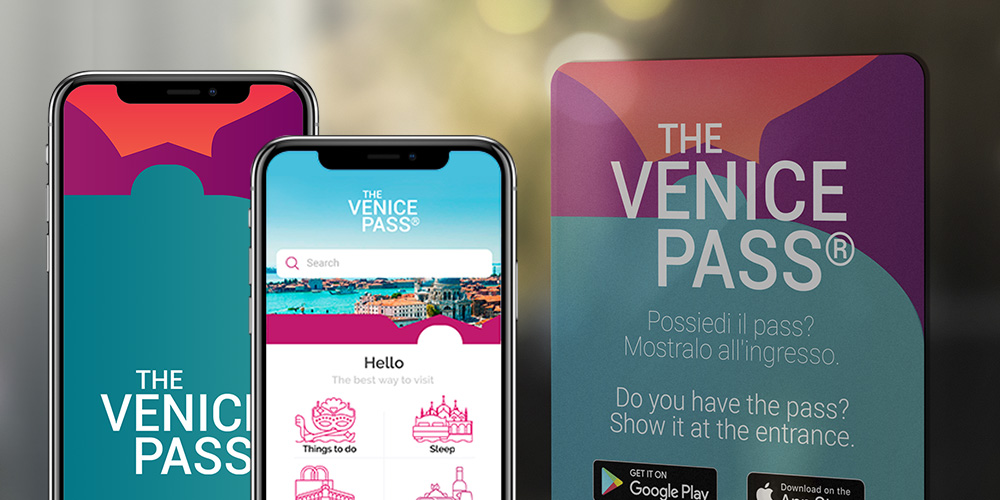
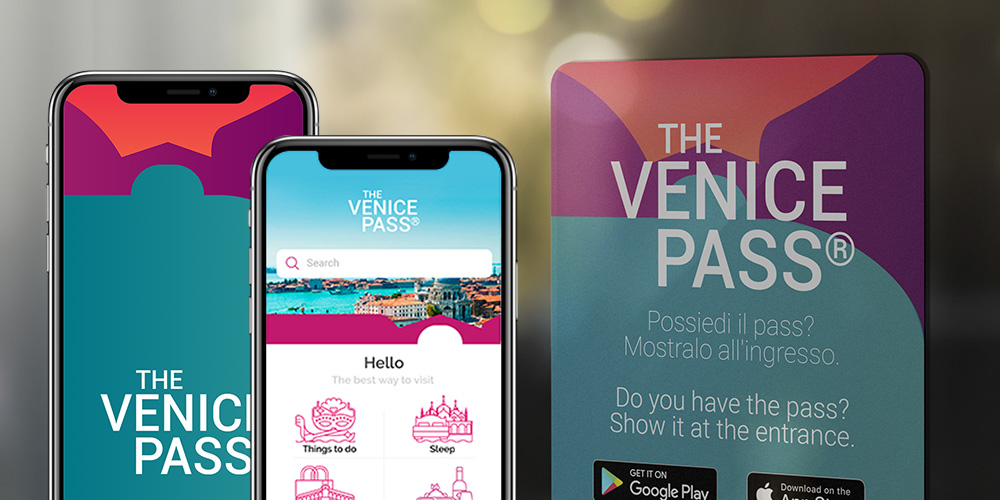
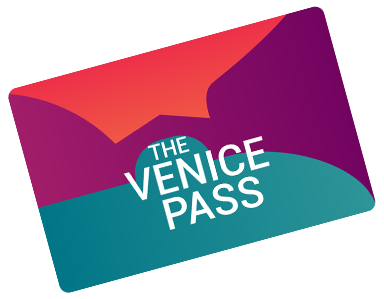


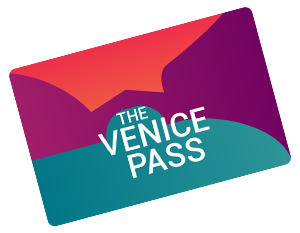
Lascia un commento